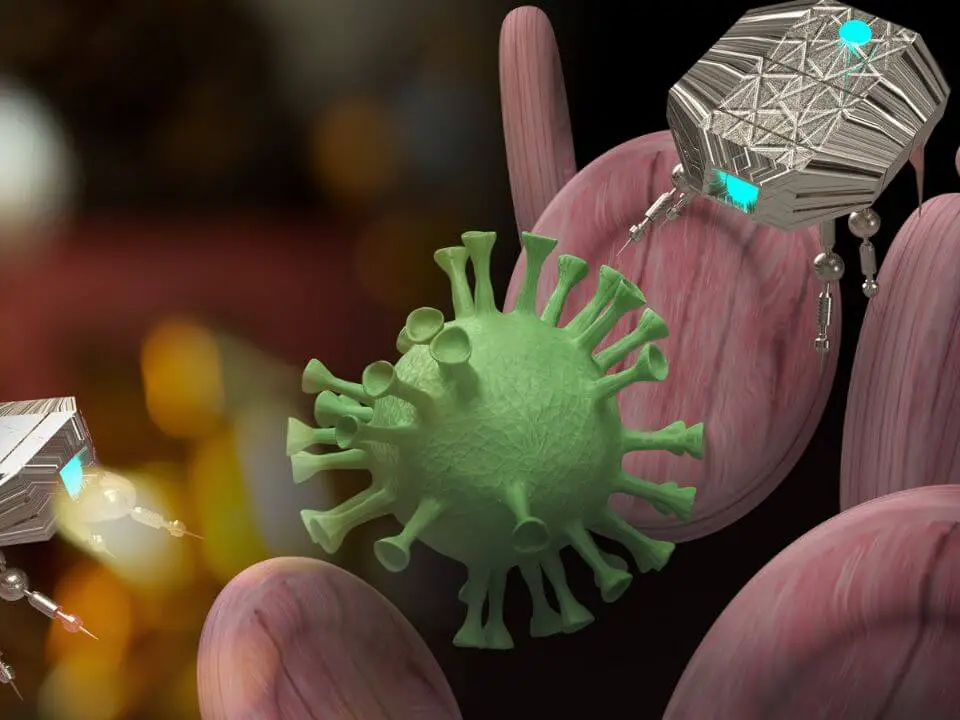The term “nanobot” is used to describe a range of different technologies and devices, from simple nano-sized robots to more complex machines that are able to carry out specific tasks. They measure just a few nanometers in size. They are so small that they can be injected into the human body, where they can travel through the bloodstream and perform tasks such as detecting and destroying cancer cells or repairing damaged tissue. Nanobots hold great promise for medical applications, but there are also potential risks associated with their use. For example, if nanobots were to escape from the body and enter the environment, they could have harmful effects on ecosystems.
Does Nanobots Exist?
There is currently no definitive answer as to whether or not nanobots exist, as the technology is still in its early stages of development. However, there are a number of companies and research groups working on developing nanobots, so it is likely that they will exist in some form in the future.
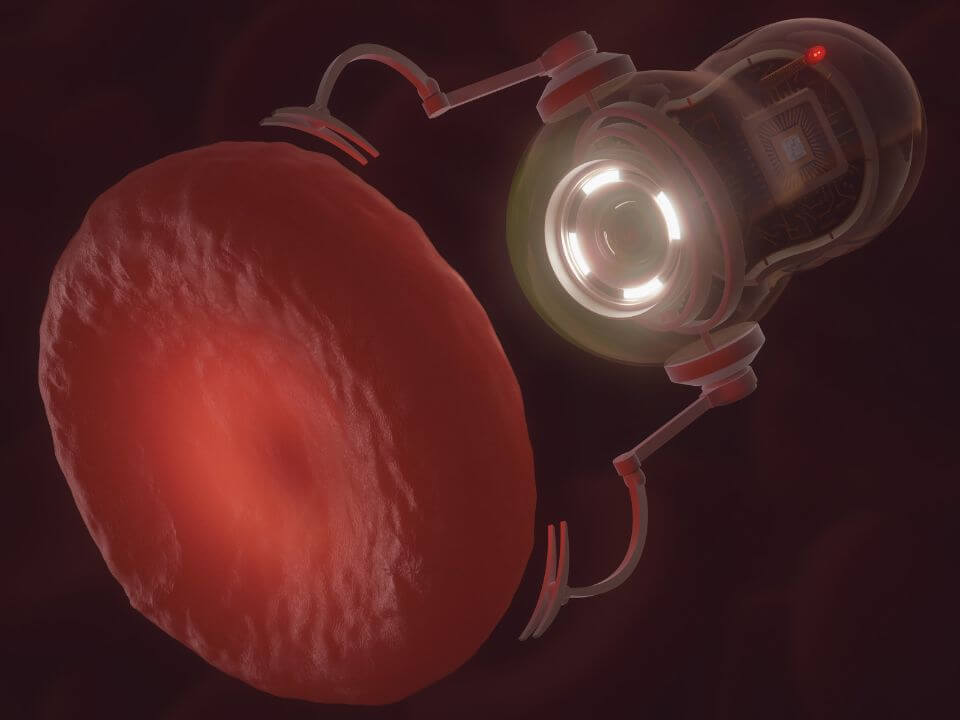
How Nanobots Are Made?
They are usually made from carbon nanotubes or other materials that are just a few atoms in diameter. To make nanobots, researchers first have to create the basic structure of the robot using computer-aided design (CAD). Once the design is complete, it is sent to a machine that can create objects at the nano scale. This process, called lithography, uses focused beams of light or electrons to build up the Nanobot layer by layer.
The final step is to add any extra features that may be required, such as sensors or motors. This can be done using a variety of methods, including 3D printing or direct write assembly.

How Nanorobots Work?
A nanorobot is a very small robot that is designed to work at the nanometer scale. Nanorobots are made up of nano-scale components and they are able to move and interact with their environment at the nano-scale.
- They can enter into cells and tissues, which allows them to be used for medical purposes such as targeted drug delivery or surgery.
- Nanorobots can also be used for manufacturing purposes, such as assembling products at the atomic level or building structures from scratch using molecular self-assembly techniques.
- Additionally, nanorobots could be used for environmental cleanup tasks such as removing oil spills or cleaning up radioactive waste sites.
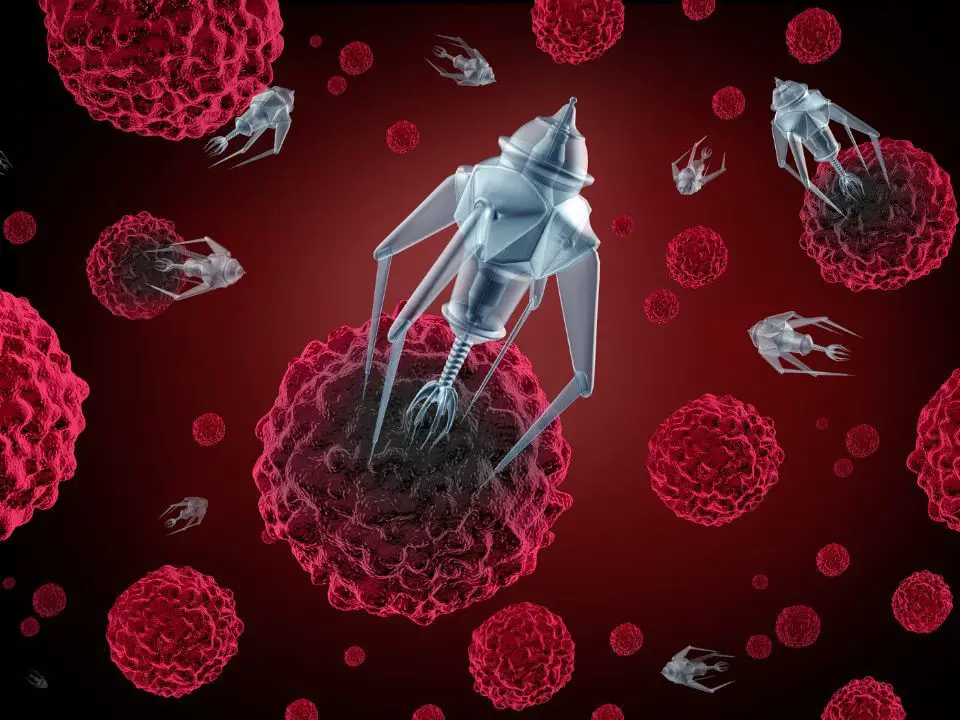
The potential applications of nanorobotics are vast and varied. However, there are still some challenges that need to be overcome before these technologies can be fully realized. For example, further research is needed to improve the design and functionality of nanorobots so that they can more effectively achieve their intended purpose without causing harm to humans or the environment.
How Much Does Nanobots Cost?
As with any new technology, the cost of nanobots is currently quite high. A single nanobot can cost upwards of $100,000 to produce. However, as production methods improve and demand increases, the price is expected to drop significantly. In fact, some experts believe that nanobots will eventually become so inexpensive that they will be used in a wide range of applications, from cleaning up pollution to delivering drugs directly to cells within the body.
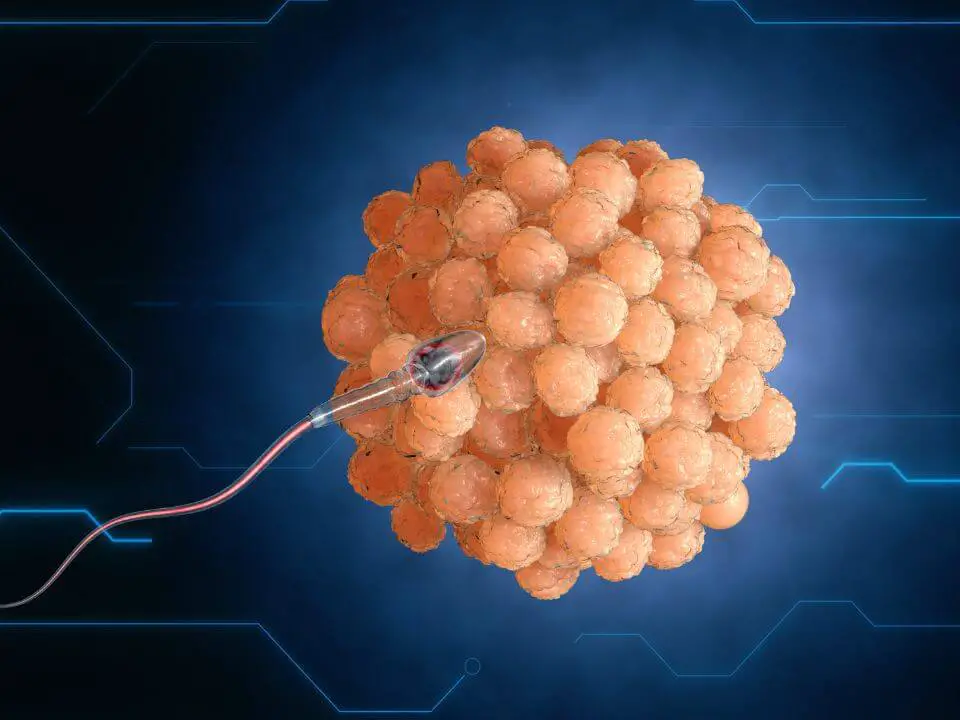
While the current cost of nanobots may seem prohibitive, it is important to remember that many new technologies are initially expensive before becoming more affordable over time. With their immense potential for good, it is hoped that nanobots will one day be widely available and affordable for everyone who could benefit from them
What Are Nanobots Used For?
There are many potential applications for nanobots, including medical uses such as targeted drug delivery and surgery. Nanobots could also be used for environmental cleanup or manufacturing purposes. They are also being developed as potential treatments for a range of diseases, including Alzheimer’s and Parkinson’s. Nanobots hold great promise for the future of medicine and other industries, but there are also some concerns about their safety and potential misuse.

- One of the most promising applications for nanobots is in healthcare. They can be used to target specific cells or tissues with drugs or other treatments. Nanobots can also be equipped with sensors that allow them to monitor patients’ vital signs from inside the body. This information could be transmitted wirelessly to doctors, who could then make adjustments to treatment regimens as needed.
- Nanobots also hold great promise for manufacturing applications. They could be used create products with very precise specifications or fabricate structures on a nano scale that would otherwise be impossible using traditional methods . In addition, nanobots could potentially assemble products much faster than human workers, which would lead to increased efficiency and productivity.
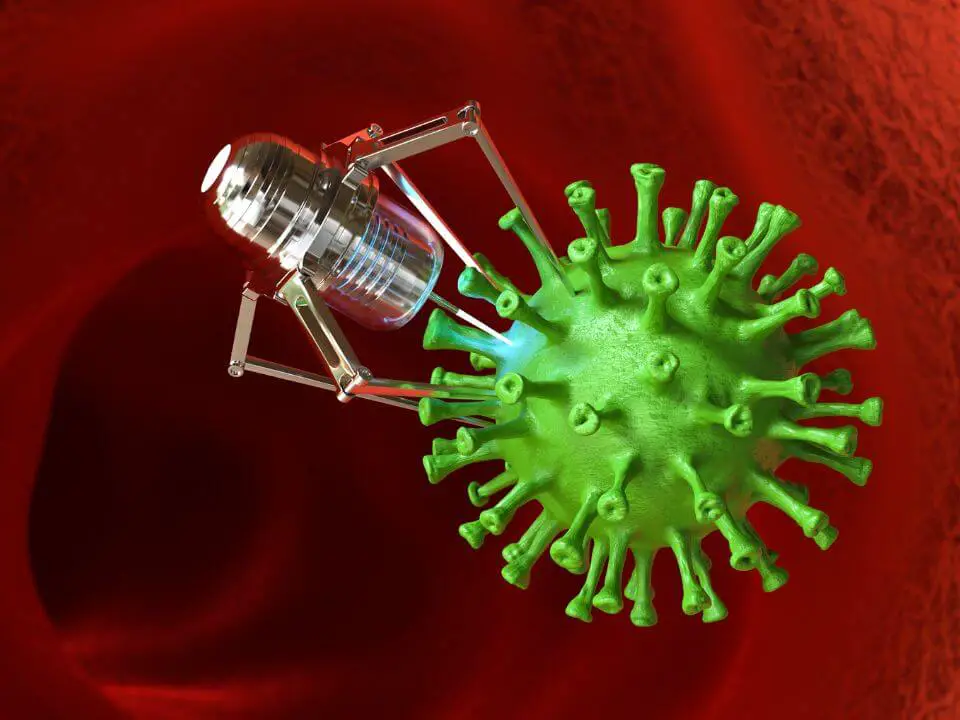
The potential uses for nanobots are virtually limitless . As research continues , it is likely that even more innovative applications will be developed . Nanotechnology holds great promise for improving our lives in a wide variety of ways.
How Nanorobots Are Injected Into The Body?
Nanorobots are increasingly being used in medical procedures to target specific cells or tissue for treatment. The robots are injected into the body and can travel through the bloodstream to reach their destination.
There are many potential applications for nanorobots in medicine, including delivering drugs directly to cancer cells, removing plaque from arteries, and repairing damaged tissue. Nanorobots could also be used to monitor patients’ health by measuring vital signs and checking for disease markers.
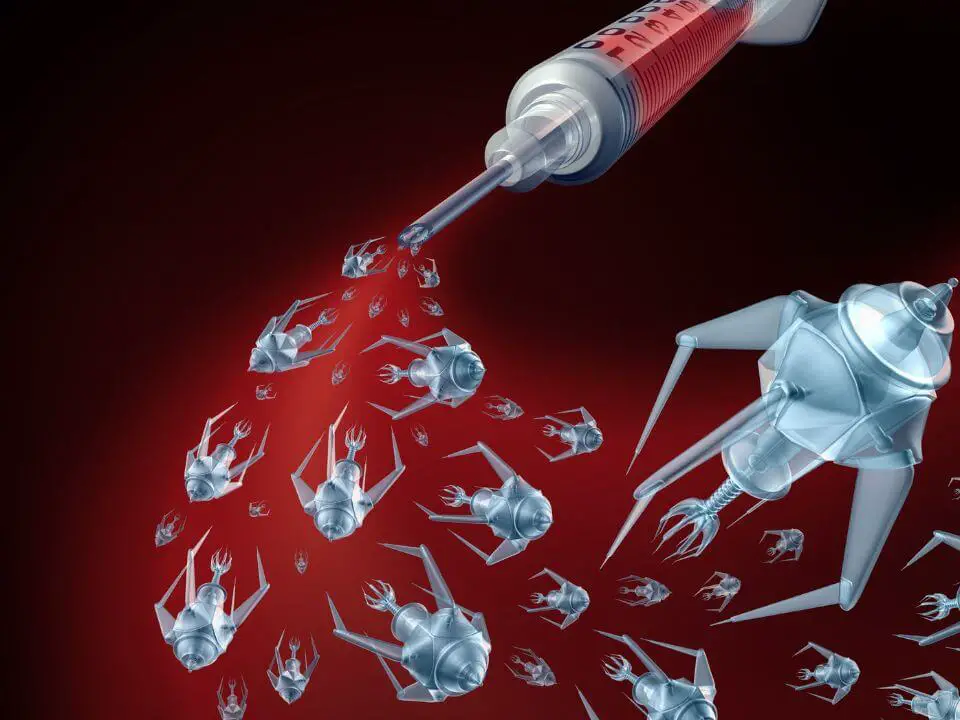
The use of nanorobots in medicine is still in its early stages, but there is great potential for these tiny machines to revolutionize healthcare. With further development, nanorobots could provide more effective and less invasive treatments for a variety of conditions.
Will Nanotechnology Make Us Immortal
We are on the cusp of a new era in medicine, one in which nanotechnology may play a key role in making us immortal. That may sound like science fiction, but there is reason to believe that it could become reality.
Nanotechnology is already being used to develop new treatments for cancer and other diseases. Researchers are also working on using nanotechnology to create artificial organs that could be transplanted into patients. And while these medical advances are still in their early stages, they offer hope for a future in which we can live forever.
Of course, there are many challenges that need to be overcome before nanotechnology can make us immortal. But if we can surmount them, then the possibilities are truly endless. So while immortality may still seem like a far-off dream, it is one that we should continue to strive for nonetheless.

Why Are Nanobots Bad – Are Nanobots Dangerous
While they hold great promise for applications such as medical diagnosis and treatment, there are also significant risks associated with their use.
- One of the biggest concerns with nanobots is their potential to cause harm to human cells and tissues. Because they are so small, they can easily enter our cells and interfere with their normal functioning.
- Additionally, because they are made of metal or other synthetic materials, they may also release toxic substances into our bodies when they break down.
- Another worry is that nanobots could be used for malicious purposes, such as creating biological weapons or delivering harmful toxins directly into people’s bloodstreams. Given their size and stealthiness, it would be very difficult to detect or defend against such attacks.
- Finally, there is the risk that nanobots could become self-replicating and uncontrollable once released into the environment. If left unchecked, these tiny robots could quickly multiply and spread throughout the world causing widespread damage or even global devastation.
What do you feel about Nanobots? Are they exciting or fearful? Share your valuable thoughts in the comments below.

